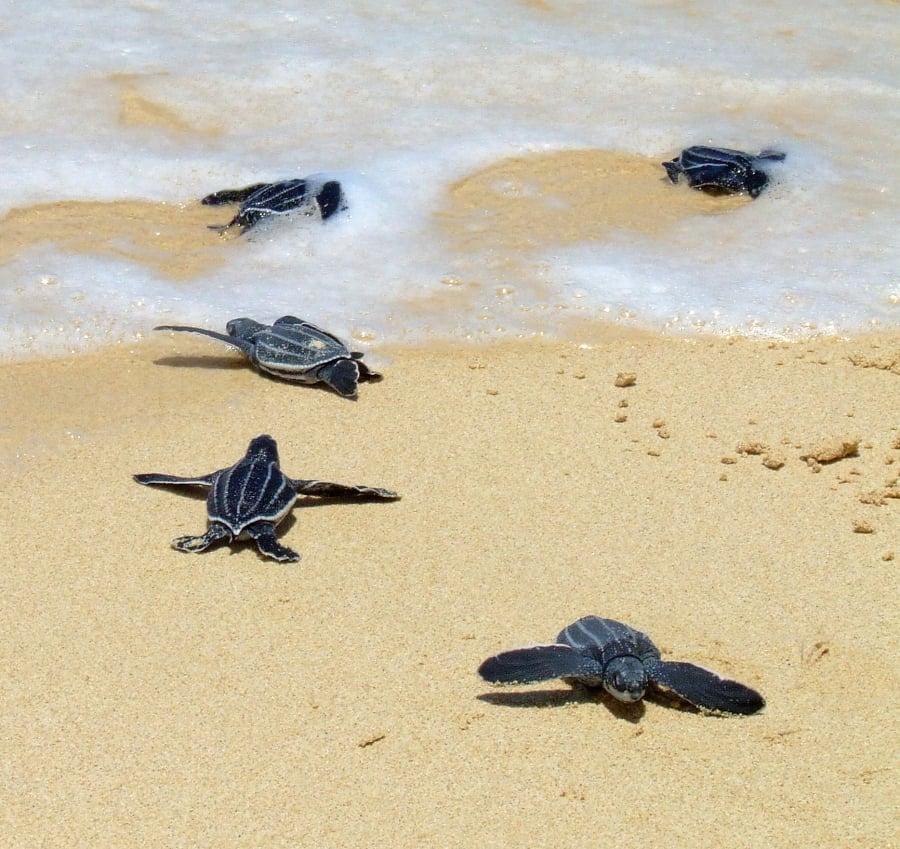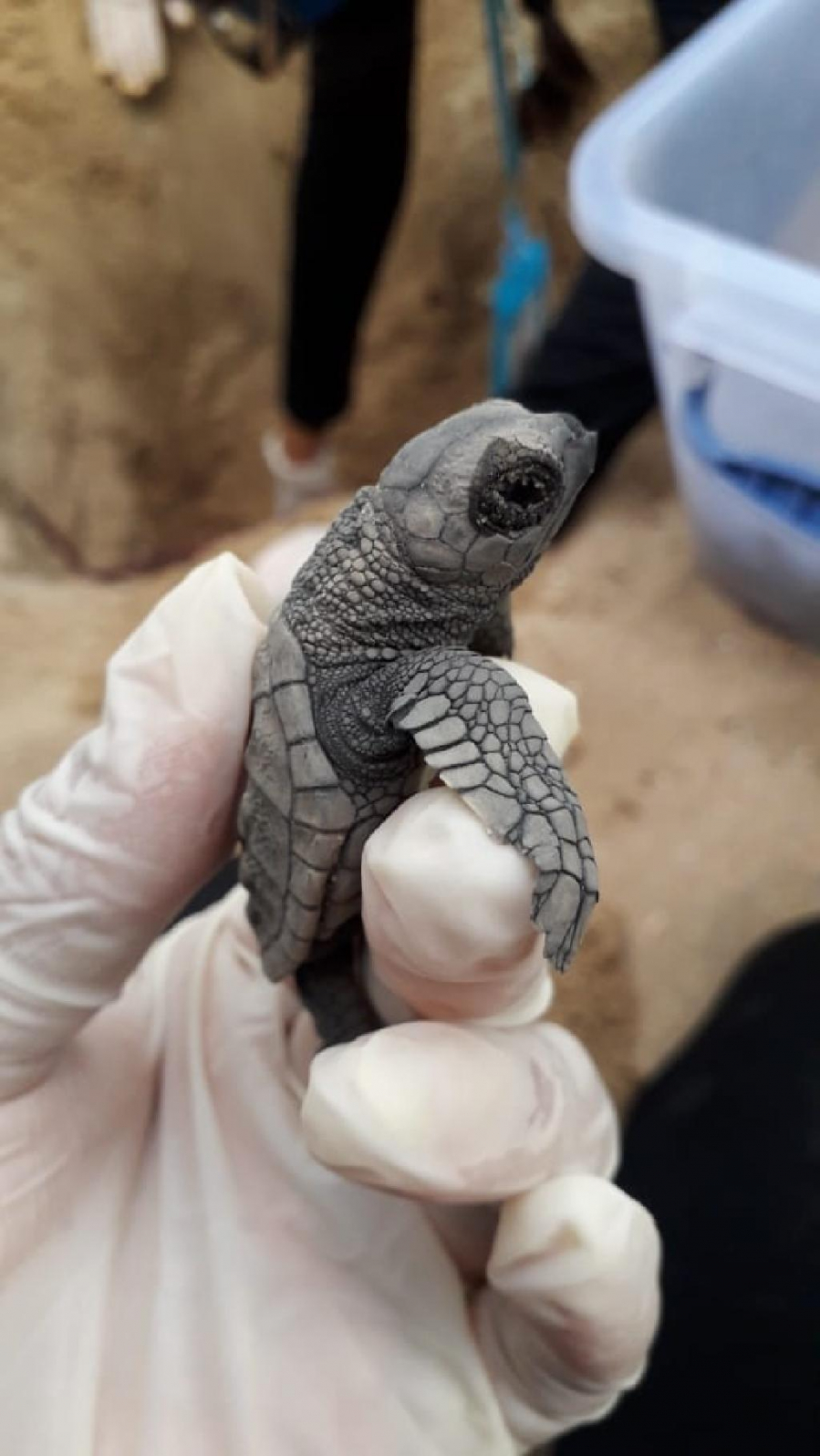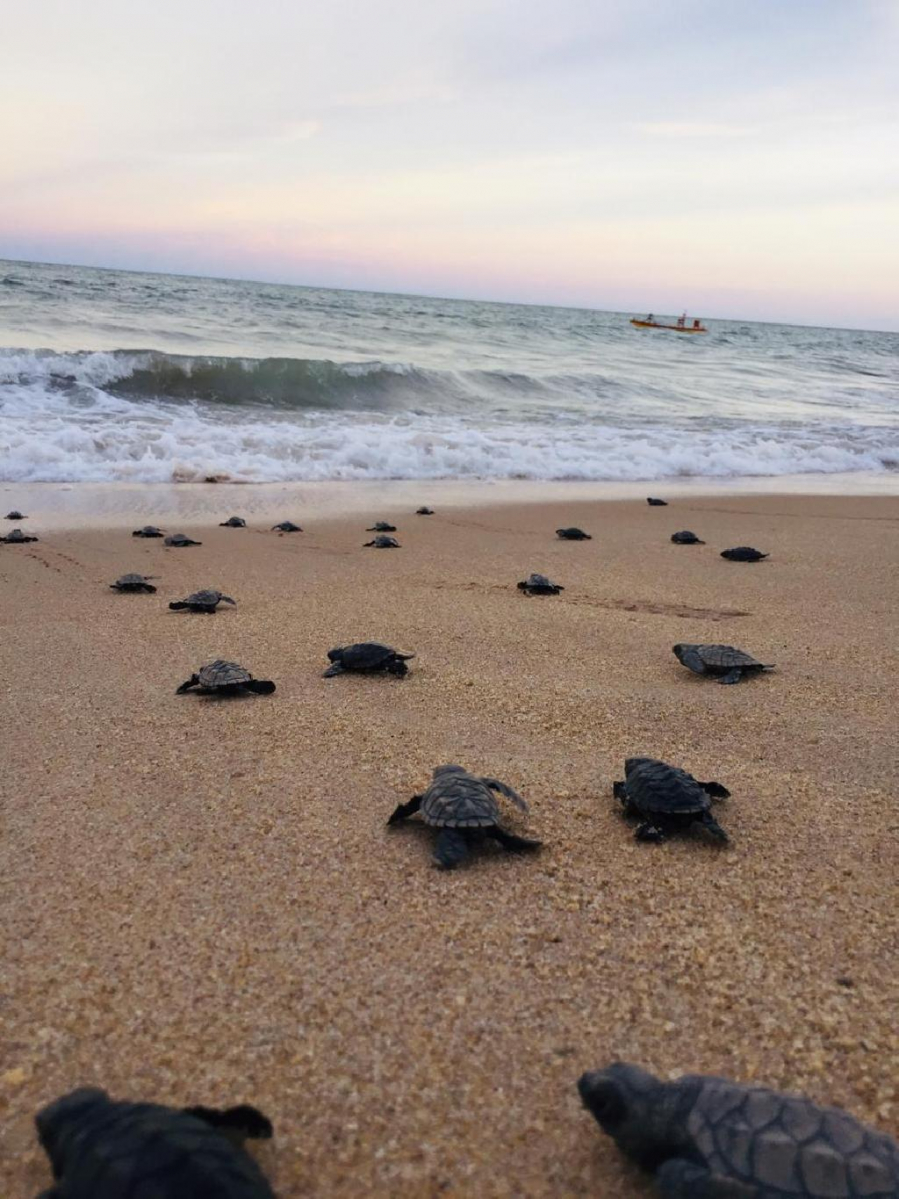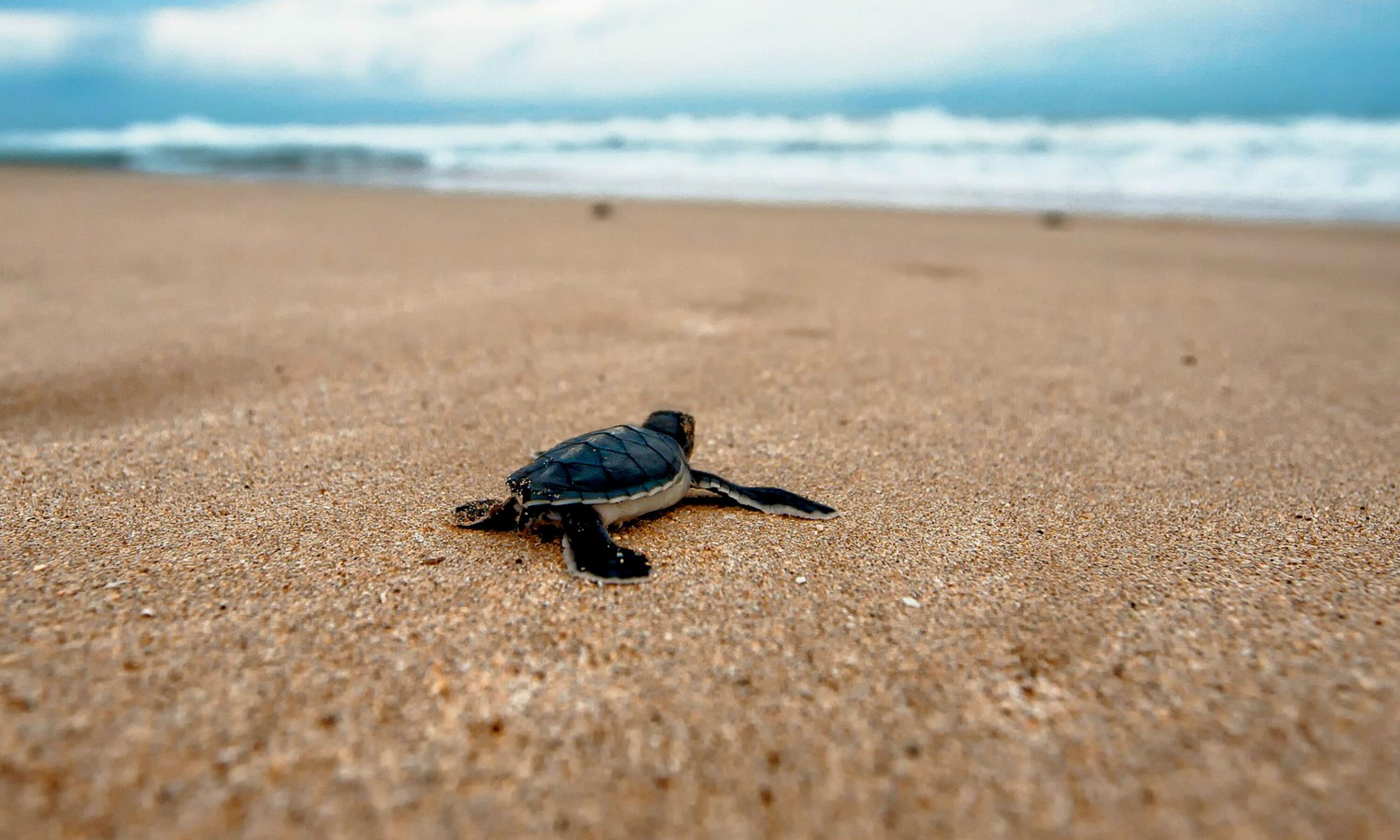The Covid-19 pandemic has forced billions of people to practice social distancing. With fewer humans around, specieswildlifealso become more comfortable in natural habitats, even boldly appearing on the streets, tourist attractions...
A typical example of this is the phenomenon of sea turtles flocking to the beaches in eastern India to lay eggs in recent days because many beaches have become cleaner, less polluted and less crowded, creating a favorable breeding environment for these animals.

Local authorities have affirmed that they will do their best to ensure that sea turtle breeding is strictly protected.
According to the Forest Department of the eastern Indian state of Odisha, in just the last few days of March, more than 475,000 sea turtles crawled onto a 6-kilometer stretch of beach in Rushikulya to nest and lay eggs. Local authorities have said they will do their best to ensure that sea turtle breeding is strictly protected. An estimated 60 million eggs will appear on the beaches in eastern India. After about 45 days, the hatchlings will find their way back to the sea.
In Thailand, Kongkiat Kittiwatanawong, director of the Phuket Marine Biological Center, said Thailand has discovered 11 leatherback turtle nests since November 2019, the most nests discovered in 20 years. "This is a good sign for us because humans have destroyed many turtle breeding areas," Kongkiat said.

Leatherback turtles appear in large numbers in Thailand after beaches closed
The leatherback turtle is the world's largest sea turtle. It is listed as endangered in Thailand and is on the International Union for Conservation of Nature's (IUCN) list of globally vulnerable species. It lays its eggs in dark, quiet areas, but is rarely seen. In addition to being "invaded" by tourists, people often dig up their nests and steal their eggs.



Hawksbill turtles spawn along the coast of northeastern Brazil and are considered critically endangered.
Similarly, in Brazil, 97 critically endangered hawksbill turtles hatched on a deserted beach in Paulista, in the state of Pernambuco. Photos taken by officials show the tiny creatures making their way along the beach to the Atlantic waves.


































